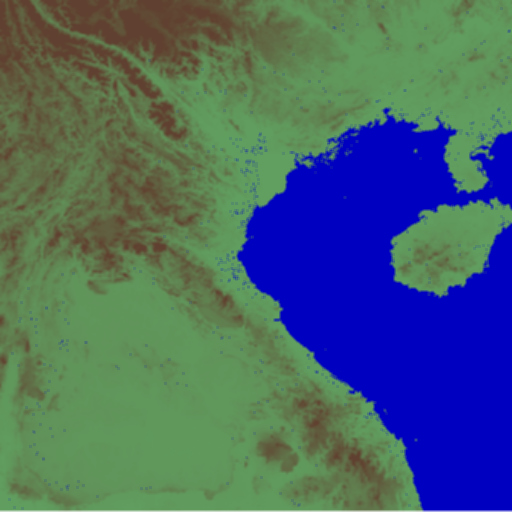Vietnam Community Project Idea: Gulf of Tonkin Incident - Redux
August 2, 1964…Beneath the intense Southeast Asian Summer sun, the warm waters of the Gulf of Tonkin shimmered in a deceptive calm, unaware of the turbulence that was to come.
Aboard the USS Maddox DD-731, a steadfast Sumner-class destroyer, the crew remained on high alert during the first leg of a covert mission under Operation Desoto Patrol. Its objective was to deploy signal intelligence equipment to stealthily gather intelligence on North Vietnamese military activity. At 3:00 PM, the silence was abruptly broken and the mission in peril as radar screens came alive with hostile blips indicative of three rapidly approaching torpedo boats. Suddenly, the Maddox found itself in a precarious fate, as enemy vessels closed in with torpedo pods glistening in the sun.
The Maddox responded by firing three distant warning shots overhead as the now identified P-4 torpedo boats broke within 10,000 yards. The warning shots broke the stillness, yet the tide refused to turn and the P-4s commenced their attack runs instead. Sensing an escalating threat, the Maddox radioed a desperate call for support, connecting with the USS Ticonderoga. The comm channels of the USS Ticonderoga, an Essex-class aircraft carrier denoted CVA-14, crackled with life.
USS Maddox (DD-731): "Maddox to Ticonderoga, Maddox to Ticonderoga, over."
USS Ticonderoga (CVA-14): "Ticonderoga receiving, go ahead Maddox, over."
USS Maddox: "We are under threat by three North Vietnamese torpedo boats. Radar contact, visual identity confirmed. Range 1-0 thousand yards and closing fast. I repeat, imminent danger. Request immediate air support, over."
USS Ticonderoga: "Roger, Maddox. Threat response protocol initiated. Scrambling fighters now. ETA ten mikes. Hold your position Maddox, over."
USS Maddox: "Copy that, Ticonderoga. Tracking and engaging enemy with 5-inch guns. Possible enemy torpedoes in the water. Awaiting immediate air support, Maddox out."
Suddenly, the USS Ticonderoga erupted in motion – colorful human support warriors sprinkled in random directions across the aircraft carrier deck, wide-eyed pilots scrambled up ready ladders with something to prove, and the roar of F-8 Crusader Pratt & Whitney J57 turbojet engines shot thunder in the sky. The F-8 Crusaders streaked off the carrier deck, hitting full afterburner seconds later leaving whirlwind shockwaves in their wake as they hurled towards the Maddox at supersonic speed. Meanwhile, the Maddox swung its bow in violent fashion over the waters, initiating full evasive maneuvers and jockeying into attack position, while her 5-inch deck guns blasted fire overhead and her crew eyed the deep for enemy torpedoes questioning if they were real or illusions.
A heat blur on the horizon and perfect timing denoted the arrival of the F-8 Crusaders. Suddenly, the Heavens parted overhead, and birds of prey swooped down with lethal precision as 20mm cannon shells ignited the air. A symphony of 5-inch shells from the Maddox, 12.7mm enemy P-4 machine gun fire and 20mm cannons swirled in the afternoon skies looking to inflict punishment. But it was the 20mm Crusader firepower, with its angry and hungry strafing patterns, that took a bite out of the P-4 steel hulls, reverberating sounds of splintering steel and orders for immediate retreat. The combined fire from the Maddox and the F-8s proved too much, two of the P-4s hobbled along with damaged frames and egos. The third P-4 encircled the limping vessels, swiftly moving into lead position and escorting a full-speed retreat.
August 2, 1964…And beneath the intense Southeast Asian Summer sun, the warm waters of the Gulf of Tonkin longed again for calm waters, but instead would remained parted by ships of war and churning foam for another nine years until the signing of the peace agreement…and only then this shallow body of the Pacific Ocean could begin to truly shimmer and shine once again.


